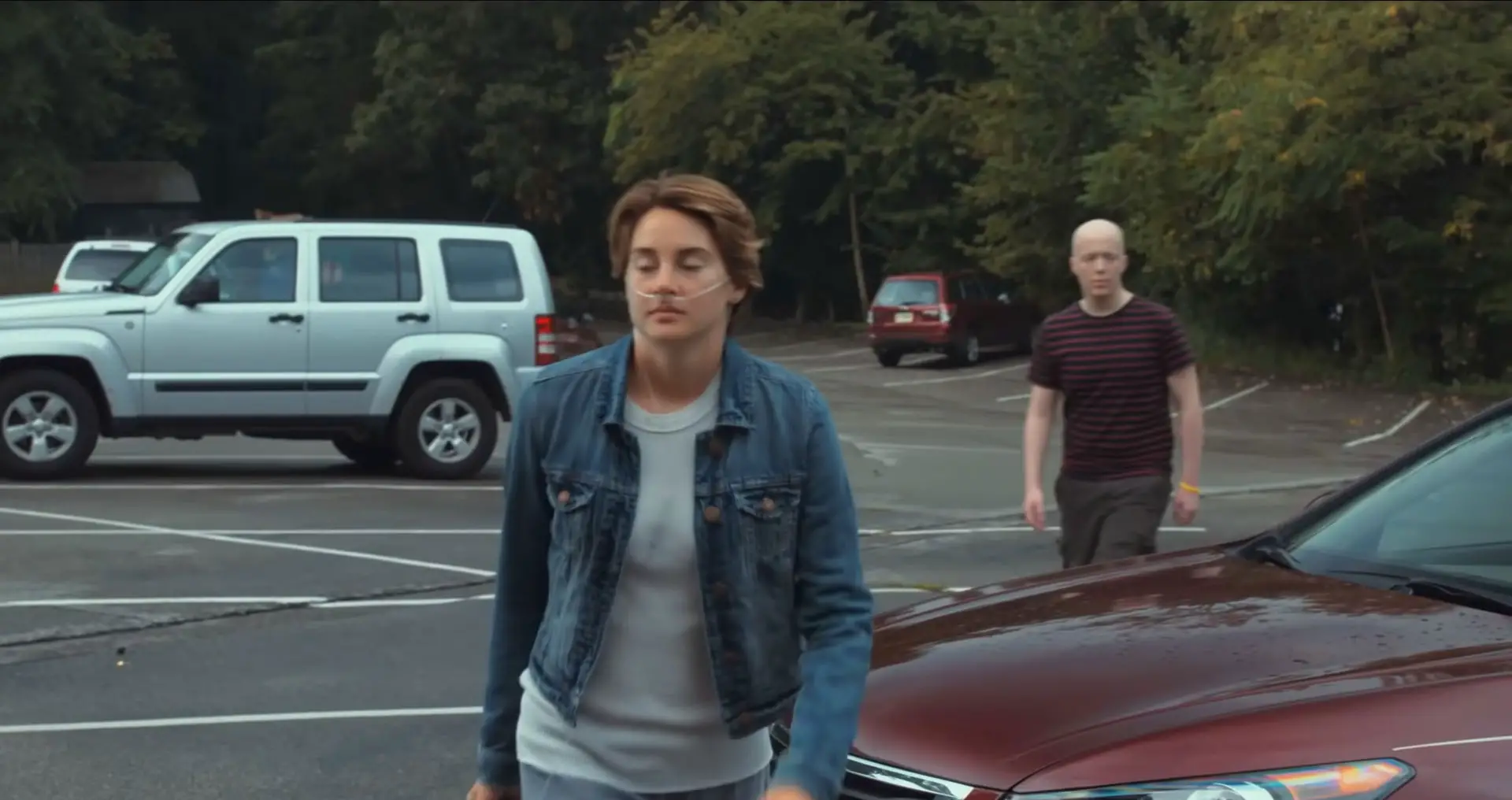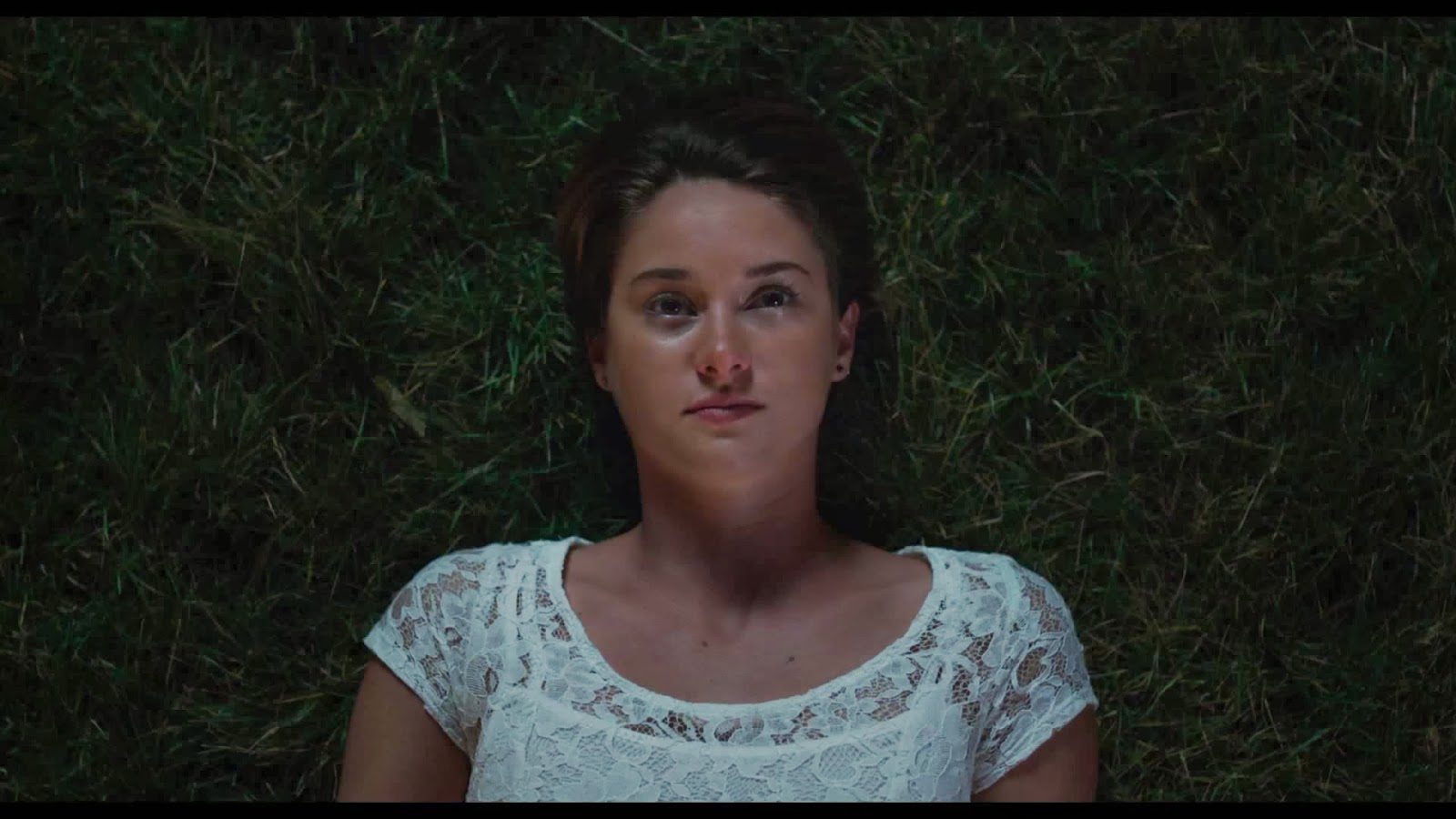

Gus has lost his left leg below the knee to cancer, but other than his prosthetic limb, he seems to be in fine shape. When Hazel asks him why he’s looking at her, he answers with disconcerting directness, “I enjoy looking at beautiful people, and I decided a while ago not to deny myself the simpler pleasures of existence.” All rightee then. One day at support group, Hazel literally bumps into Gus, who makes no secret of his instant attraction to her. It is also attentive to how easily that gap can be bridged by charm, bravado and something in common, such as a history of cancer. It’s a story that is attentive to the culture gap between, on the one hand, a girl whose favorite literary work is a novel that speaks to her profoundly about living with a terminal condition and, on the other, a boy whose favorite literary work is a novelization of his favorite video game.

It also cares about what it feels like to wait for days for that first text message from a boy one has just met, whom one likes more than one is prepared to admit, even to oneself.

The Fault in Our Stars - in cinematic as well as literary form - cares quite a bit about silly questions, such as the meaning of life and death and love and suffering in a universe sliding toward oblivion and whether there is Something beyond giving some larger context to our existence, choices and experiences. “Have you ever stopped to wonder,” a character asks in a key scene in John Green’s young-adult romantic tearjerker novel The Fault in Our Stars, “why you care so much about your silly questions?”


 0 kommentar(er)
0 kommentar(er)
